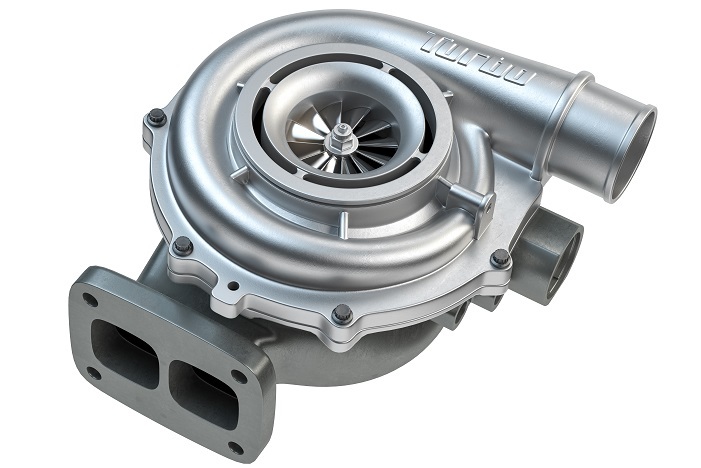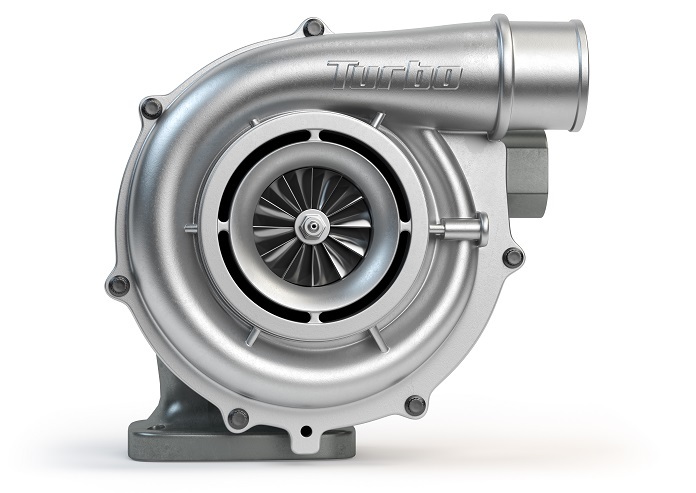
 Data Structure
Data Structure Networking
Networking RDBMS
RDBMS Operating System
Operating System Java
Java MS Excel
MS Excel iOS
iOS HTML
HTML CSS
CSS Android
Android Python
Python C Programming
C Programming C++
C++ C#
C# MongoDB
MongoDB MySQL
MySQL Javascript
Javascript PHP
PHP
- Selected Reading
- UPSC IAS Exams Notes
- Developer's Best Practices
- Questions and Answers
- Effective Resume Writing
- HR Interview Questions
- Computer Glossary
- Who is Who
What is the full form of FGT?
Introduction
Fixed Geometry Turbocharger (FGT) is a type of turbocharger that uses a fixed geometry to govern the amount of air that enters the engine. It is frequently used to boost the performance of diesel engines. Unlike other turbochargers, the FGT has a consistent size and shape, which simplifies and reduces manufacturing costs.

However, because it cannot respond to changes in engine load or speed, it is less versatile in terms of performance. FGTs are widespread in commercial vehicles including trucks and buses, as well as some passenger vehicles. In terms of engine response, power output, and fuel efficiency, they outperform naturally aspirated engines. We shall look at the operational idea in this essay.
Working of Fixed Geometry Turbocharger
The operation of an FGT is based on the exhaust gas energy of the engine, which powers a turbine wheel connected to a compressor wheel via a shaft. The compressed air is subsequently forced into the engine's combustion chamber by the compressor wheel, increasing the engine's power output.
The FGT's geometry cannot be modified to match the engine's operating circumstances because it has a fixed-size turbine and compressor wheel. It instead uses a wastegate to control the amount of exhaust gas that travels through the turbine. The wastegate is a valve that opens to divert some of the exhaust gas away from the turbine, lowering the amount of energy available to run the turbine and, in turn, the compressor.
The wastegate remains closed when the engine is running at low speeds or loads, enabling all of the exhaust gas to pass through the turbine. This provides the maximum boost pressure to the engine, which increases engine response and low-end torque. As the engine speed and load increase, the wastegate gradually opens, reducing boost pressure and preventing over-boosting and engine damage.
Advantages Of Fixed Geometry Turbocharger
Some of the advantages of a Fixed Geometry Turbocharger are
Simplicity Because of their simpler design and construction, FGTs are easier to manufacture and maintain than other types of turbochargers.
Reliability FGTs are more reliable and resistant to wear and tear than other types of turbochargers since they have fewer moving parts.
Cost-Effective FGTs are less expensive than other types of turbochargers since they are less complicated and easier to manufacture.
Improved Engine Response FGTs deliver quick boost pressure to the engine, resulting in enhanced engine response and low-end torque, which is advantageous in large vehicles such as trucks and buses.
Better Fuel Efficiency FGTs improve fuel efficiency by increasing the amount of air fed to the engine, resulting in higher combustion and fuel economy.
Lower Emissions FGTs can assist reduce emissions by improving the combustion efficiency of the engine, resulting in lower levels of pollutants and particulate matter.

Durability FGTs are built to endure extreme temperatures and pressures, making them long-lasting and sturdy.
Easy Maintenance FGTs are easier to maintain and repair than other types of turbochargers since they have fewer components
Disadvantages Of Fixed Geometry Turbocharger
Turbo Lag The turbo lag is caused by the time it takes for exhaust gases to drive the turbine wheel in FGTs. This may cause a delay in engine response, particularly at low engine speeds.
Over-Boosting If the wastegate fails to open properly, the FGT may over-boost the engine, causing engine damage and shortening engine life.
Poor Adaptability FGTs are less adaptable to varied engine types and sizes due to their set geometry. As a result, they may be less suitable for engines with variable power requirements.
Reduced Power Output Power output is reduced when the wastegate opens excessively at high engine speeds and loads, reducing boost pressure and engine power production.
Exhaust Heat Build-up FGTs produce a substantial amount of exhaust heat, which can cause heat buildup in the engine compartment and increase the risk of engine damage.
Difference Between Fixed Geometry and Variable Geometry Turbocharger
Some key differences between FGT and VGT are as follows
Geometry The primary distinction between FGT and VGT is their geometry. FGTs feature a fixed-size turbine and compressor wheel, but VGTs have changeable vanes that allow the size and shape of the turbine and compressor to be altered to meet the operating circumstances of the engine.
Adaptability VGTs are more versatile than FGTs since their shape can be changed to match changes in the engine's operating conditions. As a result, VGTs operate better throughout a wider range of engine speeds and loads.
Engine Response Because VGTs can change their geometry to provide quick boost pressure to the engine, they provide better acceleration and throttle response than FGTs.
Cost FGTs are frequently less expensive than VGTs due to their simpler design and fewer components. In contrast, VGTs offer higher performance and adaptability, making them more cost-effective in some engine applications.
Conclusion
In conclusion, Fixed Geometry Turbochargers are a simple and cost-effective approach to improving diesel engine performance and fuel efficiency. They have fewer moving parts and are thus easier to manufacture and maintain than other types of turbochargers. However, their fixed geometry can limit their performance at high engine speeds and loads. When selecting a turbocharger for a specific engine application, it is necessary to consider the advantages and disadvantages of FGTs and other turbocharger types in order to determine the best fit for the engine's needs.
FAQs
Q1. How do FGTs compare to twin-turbo setups?
Ans: FGTs and twin-turbo systems both offer forced induction to engines but in different ways. To supply boost to the engine, FGTs use a single turbocharger, whilst twin-turbo variants use two smaller turbochargers. In terms of performance and adaptability, twin- turbo installations surpass FGTs, but they are more complex and expensive.
Q2. Can FGTs be used for off-road driving?
Ans: Off-road applications can benefit from FGTs, however, they may not deliver the same performance gains as other types of turbochargers. Off-road vehicles may necessitate higher boost pressures and other geometries that an FGT cannot provide.
Q3. How long do FGTs last on average?
Ans: A variety of elements, such as engine operating conditions, turbocharger quality, and maintenance practices, all have an impact on the longevity of an FGT. FGTs can last for many years if properly maintained and cared for, though they may need to be replaced at some point due to wear and tear.

